
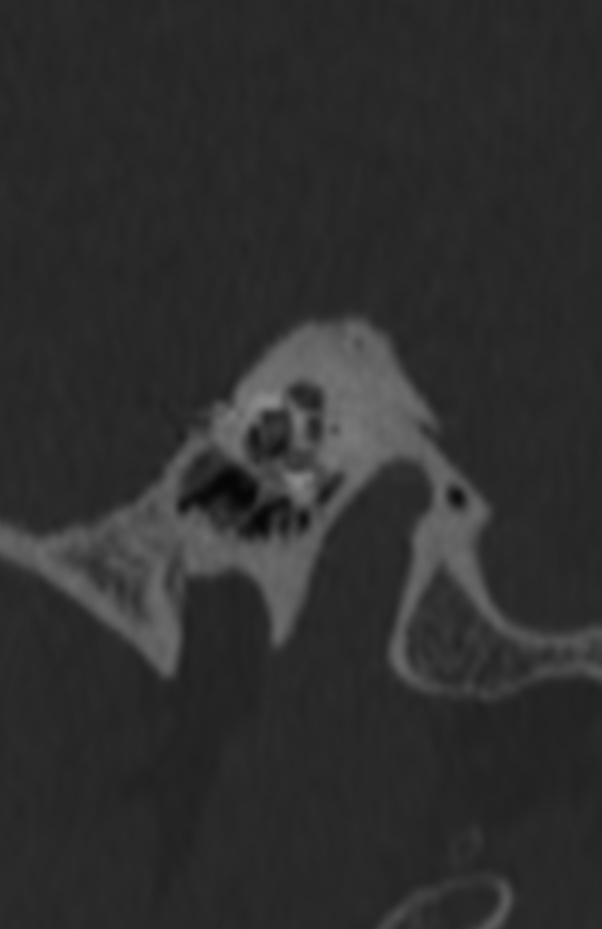
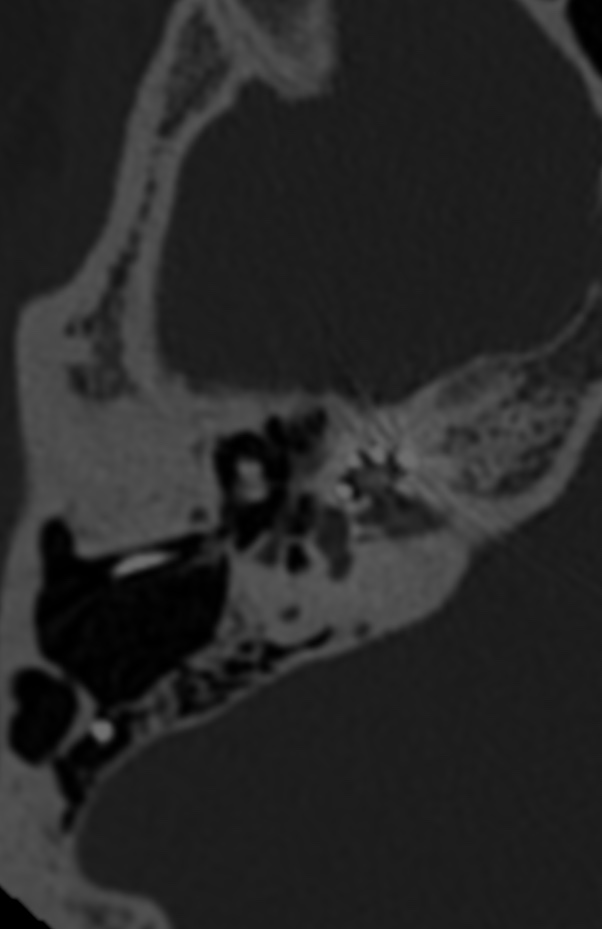
A cochlear implant is a neuroprosthetic device that forms an effective solution for patients with severe-to-profound hearing loss. Today, even patients with functional residual hearing may receive a cochlear implant.
By using soft-surgery techniques (eg, low drill speeds and slow insertion), the extent of insertional trauma can be reduced. However, long-term changes within the cochlea caused by introducing a foreign body are neither treated nor prevented in current practice.
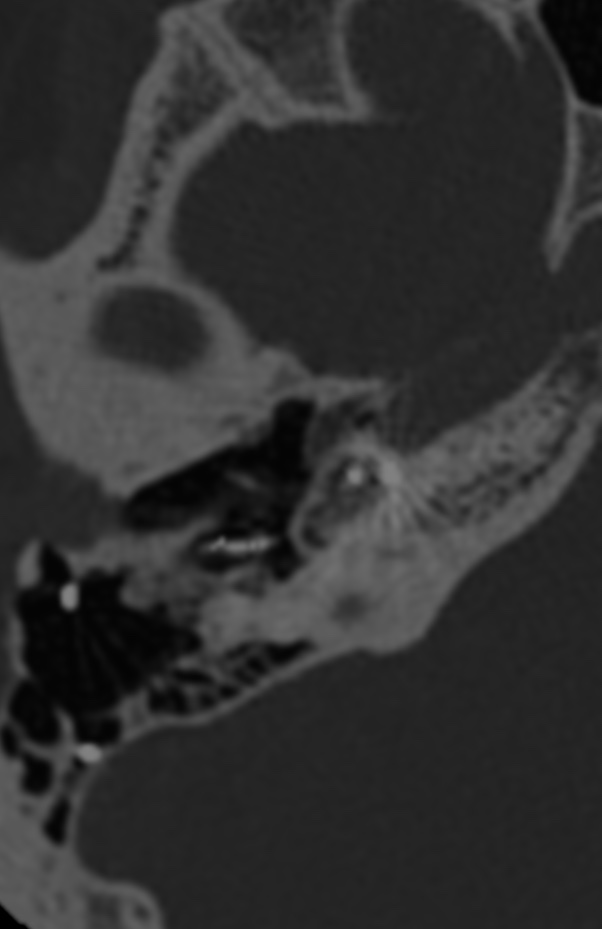
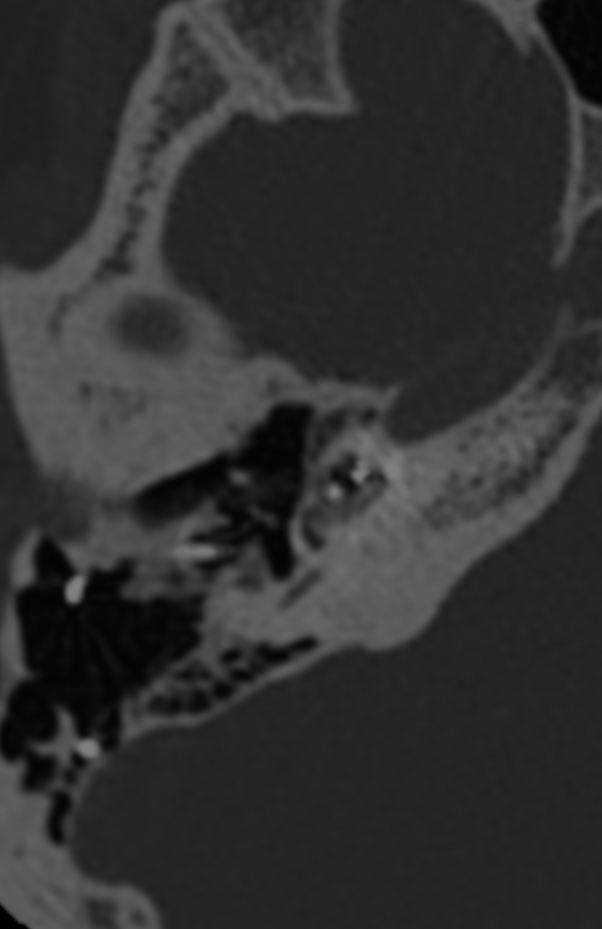


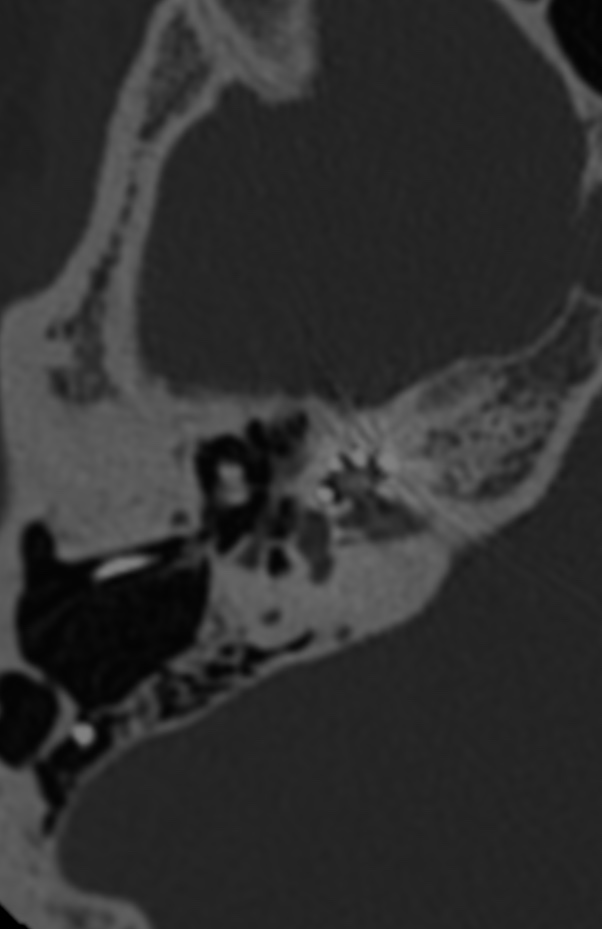
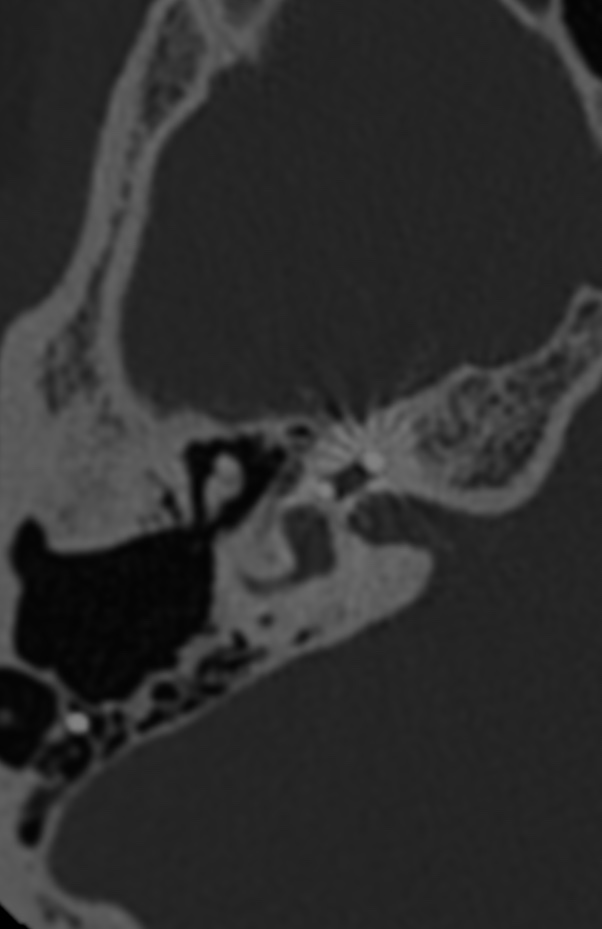
Although cochlear implant electrode arrays are commonly made from biocompatible polymers, they can elicit an inflammatory response in two ways. First, insertional trauma can induce an acute intracochlear tissue response, resulting in formation of iatrogenic scar tissue around the array. Second, a delayed inflammatory reaction due to the natural host tissue response can lead to encapsulation of the array in a fibrous sheath . In its most pronounced form, the fibrosis can progress to neo-ossification. This new bone formation (NBF) has been observed in animal and histopathologic studies.
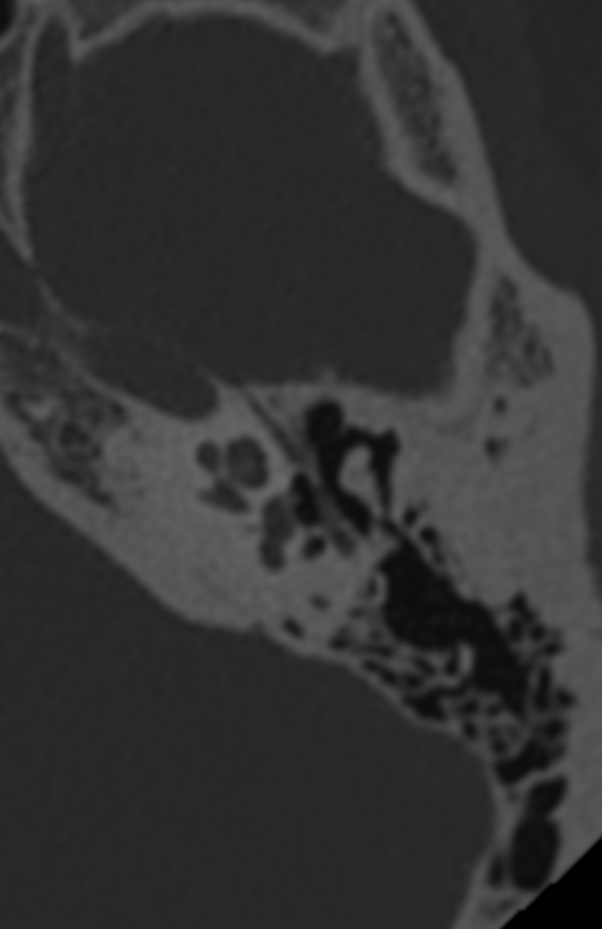
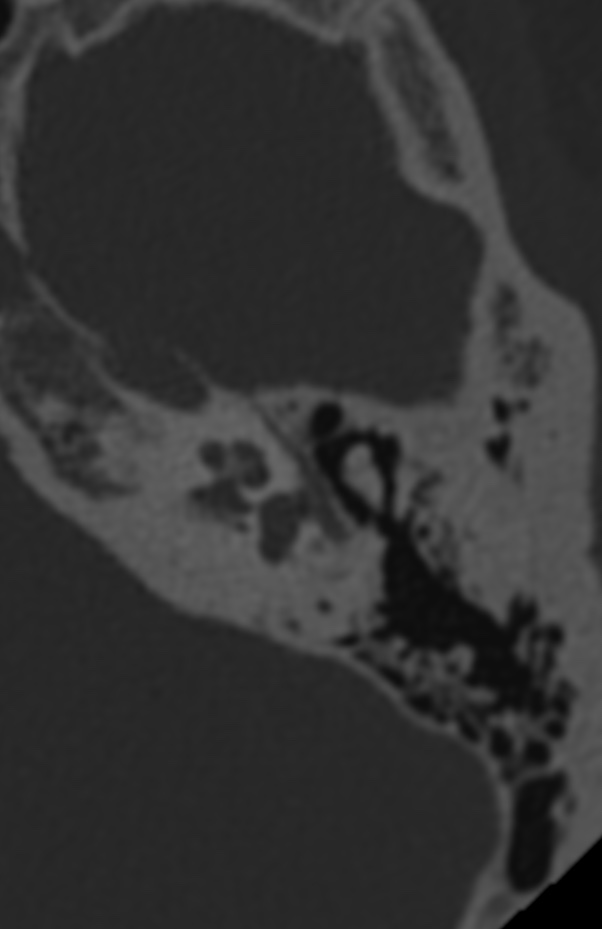

Reference: